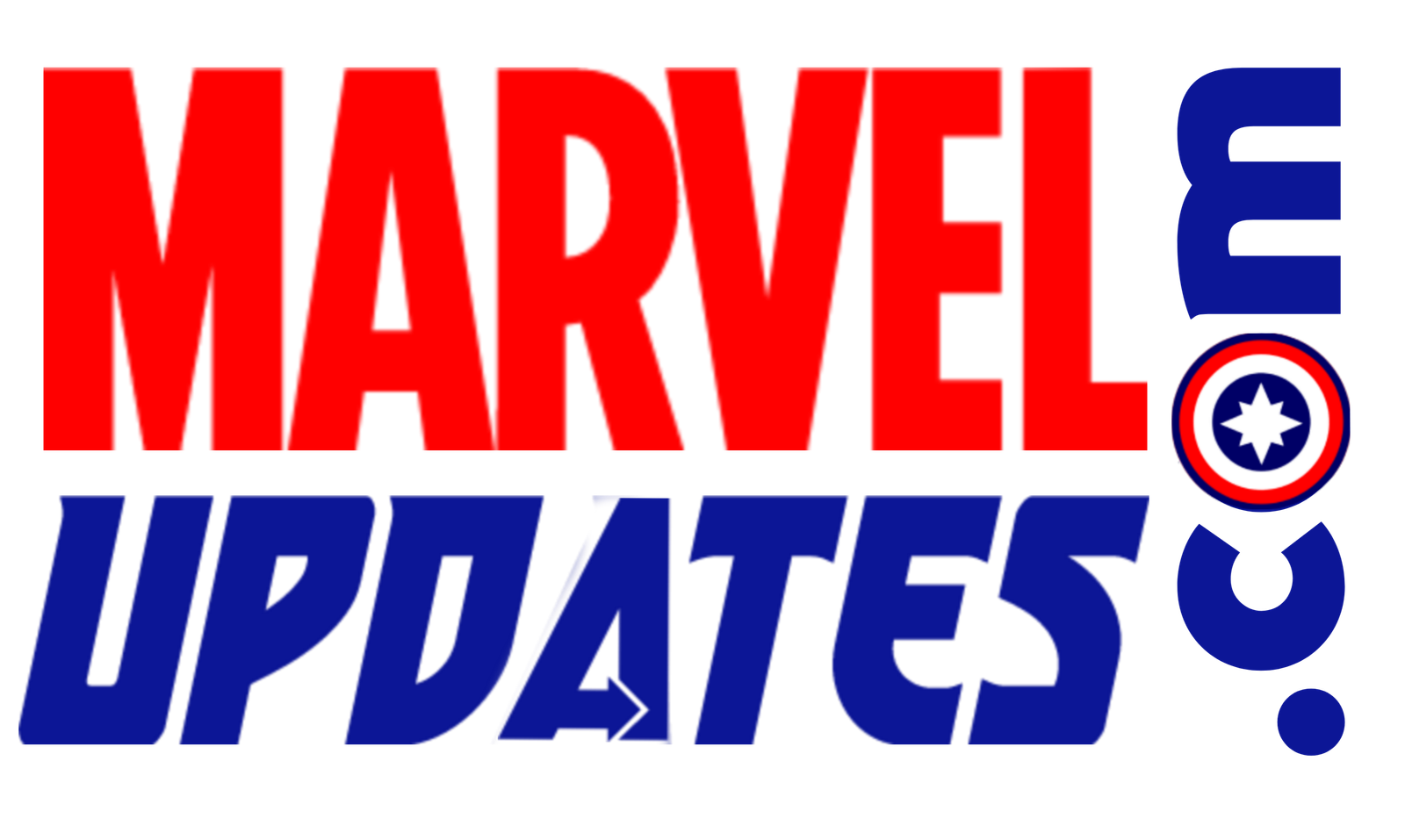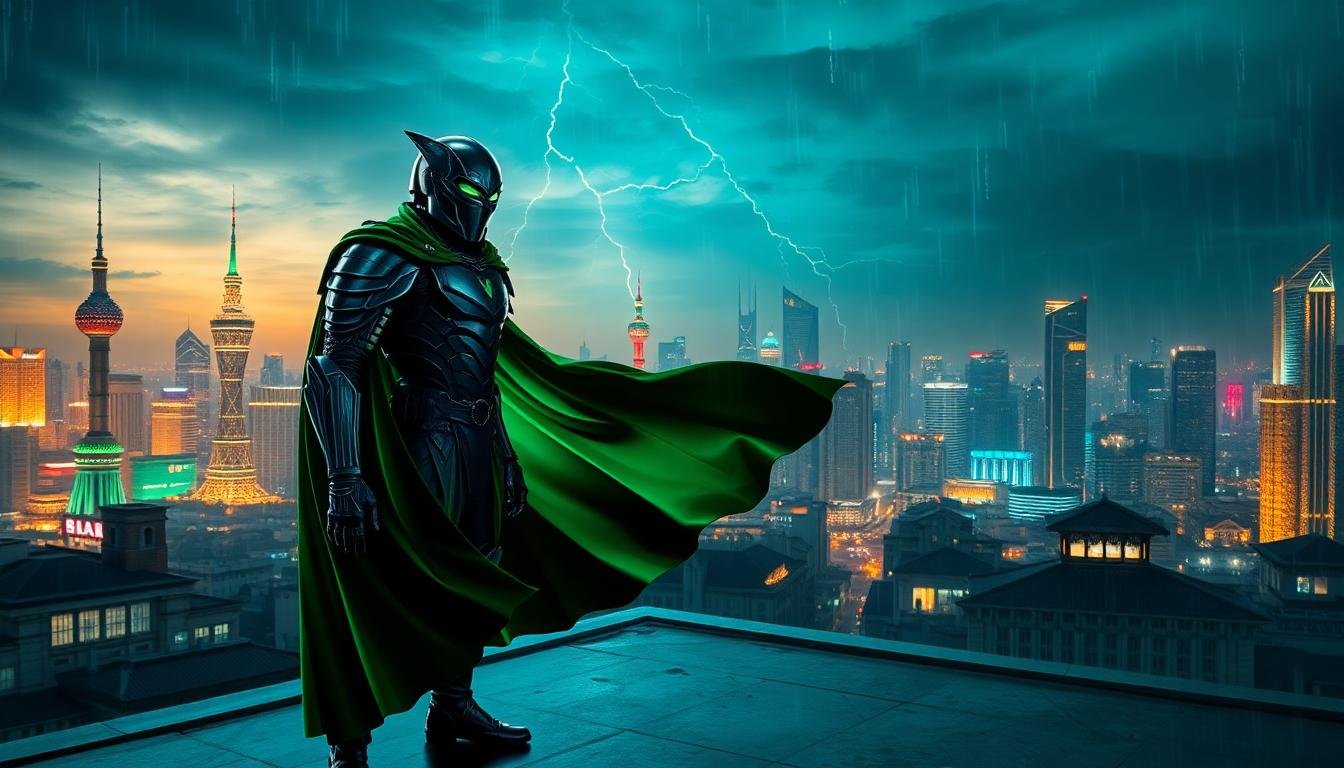New visuals at a Disney marketing showcase in Shanghai have reignited talk that Robert Downey Jr. could appear as Doctor Doom. Whether it is a cameo, a clever misdirect, or pure fan theory, the signal is clear: Marvel is priming a big, villain-led swing.
- Why Doom now?
- Reading the Shanghai teasers
- The RDJ factor, explained
- What makes a great on-screen Doom
- How Doom recenters Marvel’s roadmap
- Content angles creators can run with
- What the fanbase needs to feel
- Marketing dos and don’ts for Marvel
- Measuring the moment
- Risks and how to steer around them
- What to watch next
Why Doom now?
Marvel needs a unifying force that lifts the entire slate. Doom checks every box. He ties together science, sorcery, politics, and cosmic stakes. He gives the Fantastic Four a rival with history and the Avengers a threat with staying power. After years of multiverse detours and scattered arcs, a single, commanding villain can refocus the story.
Reading the Shanghai teasers
Global showcases matter because they shape the narrative beyond one country’s timeline. The Shanghai teases did two things. They refreshed brand excitement with striking imagery. They also planted just enough mystery to let fans do the rest. That is intentional. Studios know that speculation builds reach, and reach becomes demand when the final trailer lands.
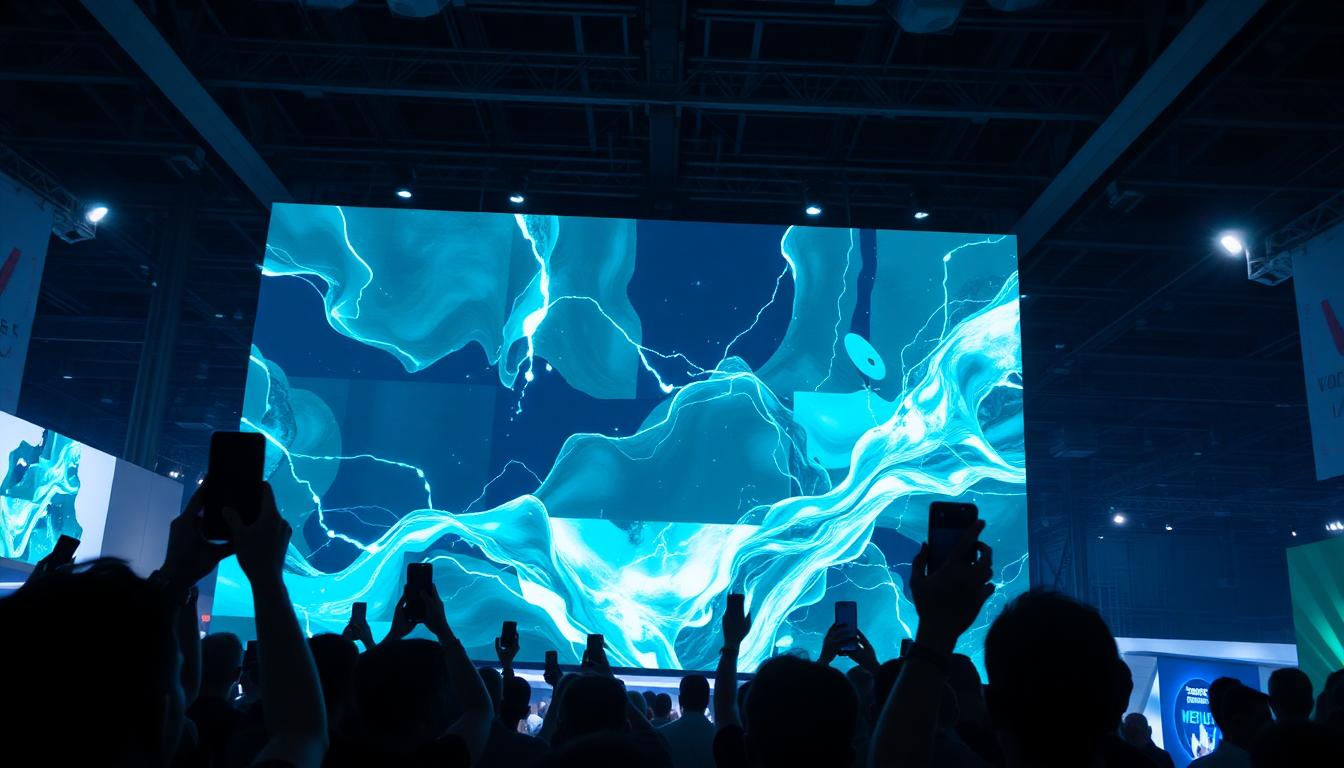
The RDJ factor, explained
Robert Downey Jr. equals Marvel nostalgia, credibility, and star gravity. Swapping him into a villain slot, even for one scene, would trigger a cultural moment. Three scenarios keep popping up in fan talk:
- Variant spice. A Doom from another timeline bears a familiar face. It is thrilling, short, and clean.
- The silhouette game. A voice and shadow sell the myth while the long-term Doom actor remains hidden.
- Armor misdirect. A masked figure seems like one person, then unmasks to reveal the real arc’s lead.
Any of these options give Marvel the headline without committing to a single casting path too soon.
What makes a great on-screen Doom
- Motivation with layers. Doom’s pride, genius, and duty to Latveria should clash on screen. Let him be right sometimes.
- Presence and texture. The mask and cape must feel heavy, lived-in, and dangerous. Sound design should make every step a choice.
- Power that escalates. Start with intellect and strategy. Add mystic and cosmic muscle slowly so each leap feels earned.
- Rivalries that sting. Reed Richards should test Doom’s mind. Heroes should win small, then pay for it later.
How Doom recenters Marvel’s roadmap
One villain can align many threads if the beats are planned. Here is a practical map:
- Seed the myth. Hints of Latveria, artifacts, and black-ops science in post-credits and side plots.
- Reveal the thinker. Doom manipulates events from offstage; heroes sense patterns but miss the author.
- Give him a win. A mid-saga film where Doom gets what he wants, and the world tilts.
- Force alliances. Heroes who do not get along must team up because the alternative is worse.
- Earn the showdown. The final conflict is not just a blast-fest. It is plans within plans.
Content angles creators can run with
- Design breakdowns. Cape fabric, armor weathering, mask geometry, and how to keep it cinematic.
- Lore explainers. Doom’s best comic arcs, trimmed to 10-minute reads or 90-second shorts.
- Casting debates. Cameo theory vs. long-term anchor. Pros and cons both ways.
- Latveria worldbuilding. Politics, culture, tech, and how a nation under Doom functions.
What the fanbase needs to feel
Hype alone is not enough. Audiences want clarity. They need to believe Marvel knows where the road leads. That means consistent tone, smarter stakes, and characters who make choices that carry weight across films. If Doom is the axis, each project should rotate toward him in some way, even if the tonal palette shifts from film to film.
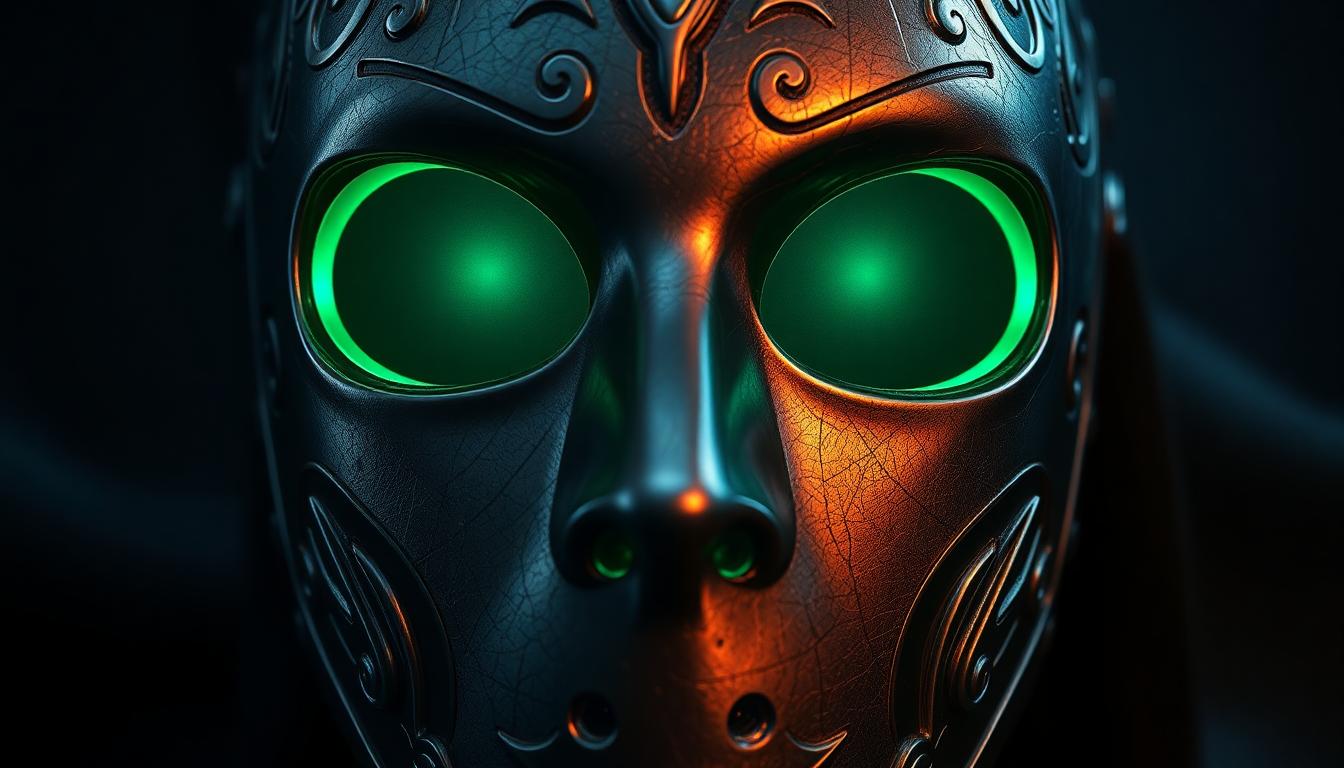
Marketing dos and don’ts for Marvel
- Do reveal in layers: symbol, silhouette, voice, then full body.
- Do let international cuts carry unique frames; reward global fans for paying attention.
- Don’t overpromise a face if the plan is a cameo. Be clever, not misleading.
- Don’t flood timelines. Give each tease room to breathe and be discussed.
Measuring the moment
Watch four signals to see if the tease is working:
- Search spikes. Sustained weekly interest, not a 24-hour blip.
- Creator output. More breakdowns and theory videos with rising average views per post.
- Merch silhouettes. Early apparel and toy leaks that mirror the on-screen look.
- Trailer completion rates. If viewers watch to the end for the villain stinger, the hook is in.
Risks and how to steer around them
- Fatigue. Too many teases without a payoff dampens interest. Deliver a clear beat each quarter.
- Design backlash. If early reactions call the look “plasticky,” showcase practical shots and behind-the-scenes craft.
- Canon confusion. If variants and timelines stack up, give simple, visual rules in the dialogue and editing.
What to watch next
- Poster drops. Key art color choices and textures often hint at powers or locations.
- Trailer cadence. Teaser, trailer one, international trailer, and a final spot with the clearest villain beat.
- Trade notes. Casting and crew details in industry reports that confirm long-arc intentions.
The Shanghai teases reset the conversation. If Marvel treats Doom as a patient, layered threat and uses any RDJ moment as a spark, not a crutch, the studio can rebuild momentum. The next era is about precision: sharper scripts, tactile design, and a villain whose plans feel inevitable until a hard-fought twist turns the board. Do that, and fans will follow.
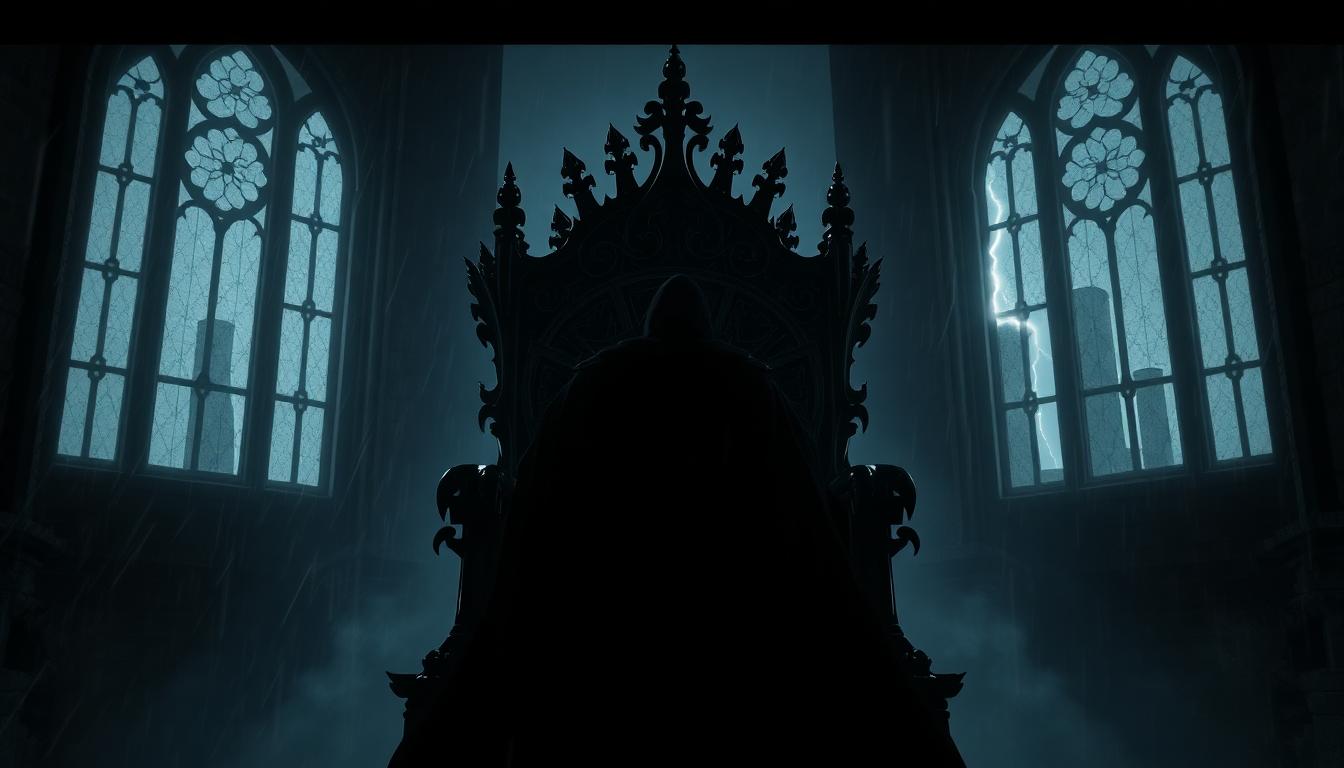
To contact us click Here .
Discover more from Marvel Updates
Subscribe to get the latest posts sent to your email.
